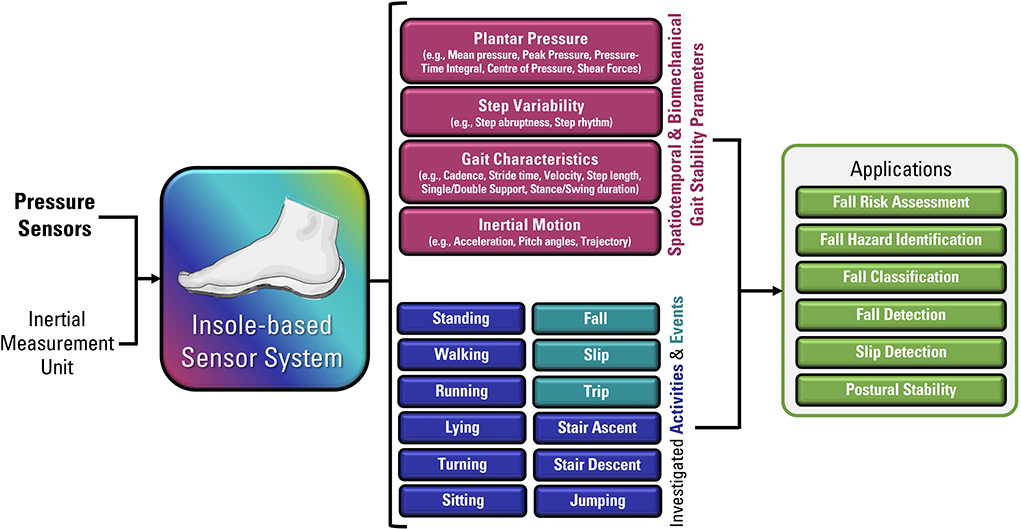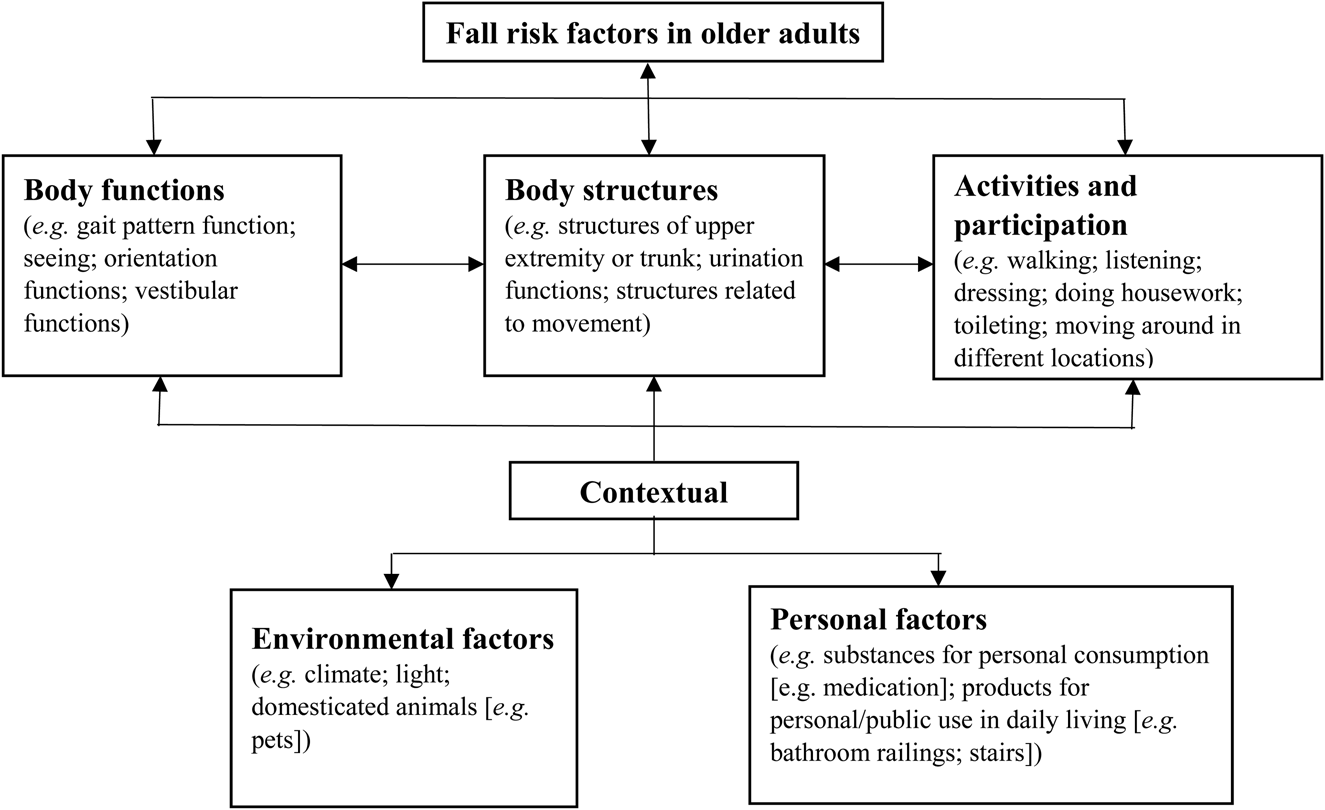The 10-Second Trick For Dementia Fall Risk
Getting The Dementia Fall Risk To Work
Table of ContentsDementia Fall Risk Things To Know Before You Get ThisSee This Report on Dementia Fall RiskThe 8-Minute Rule for Dementia Fall RiskThe Buzz on Dementia Fall Risk
A fall risk evaluation checks to see just how likely it is that you will certainly drop. It is mainly provided for older adults. The evaluation usually consists of: This consists of a series of concerns concerning your overall health and wellness and if you have actually had previous falls or troubles with equilibrium, standing, and/or strolling. These devices check your toughness, balance, and stride (the way you walk).STEADI consists of screening, examining, and treatment. Treatments are referrals that may decrease your danger of dropping. STEADI includes three actions: you for your danger of falling for your risk elements that can be improved to try to prevent falls (for example, equilibrium issues, damaged vision) to lower your threat of falling by utilizing efficient approaches (for instance, giving education and learning and resources), you may be asked numerous concerns consisting of: Have you fallen in the past year? Do you really feel unstable when standing or strolling? Are you worried concerning dropping?, your provider will certainly test your strength, equilibrium, and stride, using the following loss analysis devices: This examination checks your stride.
You'll rest down once again. Your provider will certainly check how lengthy it takes you to do this. If it takes you 12 seconds or even more, it might imply you go to higher risk for a fall. This examination checks toughness and balance. You'll rest in a chair with your arms crossed over your upper body.
Relocate one foot midway ahead, so the instep is touching the big toe of your other foot. Move one foot fully in front of the various other, so the toes are touching the heel of your various other foot.
How Dementia Fall Risk can Save You Time, Stress, and Money.
The majority of drops happen as an outcome of multiple adding aspects; for that reason, handling the risk of falling starts with recognizing the variables that add to drop danger - Dementia Fall Risk. Some of the most pertinent danger variables include: Background of previous fallsChronic clinical conditionsAcute illnessImpaired stride and equilibrium, lower extremity weaknessCognitive impairmentChanges in visionCertain high-risk medicines and polypharmacyEnvironmental aspects can also increase the threat for falls, including: Inadequate lightingUneven or damaged flooringWet or slippery floorsMissing or damaged hand rails and order barsDamaged or poorly equipped devices, such as beds, wheelchairs, or walkersImproper use assistive devicesInadequate supervision of the people living in the NF, including those that display aggressive behaviorsA effective loss danger management program needs a detailed professional evaluation, with input from all participants of the interdisciplinary team

The treatment strategy should likewise include treatments that are system-based, such as those that promote a safe setting (proper lighting, hand rails, grab bars, and so on). The efficiency of the treatments ought to be reviewed occasionally, and the treatment strategy revised as essential to reflect adjustments in the autumn danger analysis. Executing a loss danger management system utilizing evidence-based ideal practice can lower the occurrence of falls in the NF, while restricting the potential for fall-related injuries.
The Dementia Fall Risk Ideas
The AGS/BGS guideline suggests evaluating all grownups matured 65 years and older for loss risk yearly. This screening is he said composed of asking clients whether they have dropped 2 or even more times in the past year or looked for clinical focus for an autumn, or, if they have not fallen, whether they feel unsteady when walking.
People who have fallen once without injury must have their equilibrium and stride reviewed; those with stride or balance problems must get additional evaluation. A background of 1 loss without injury and without gait or equilibrium troubles does not necessitate additional analysis beyond continued annual fall threat testing. Dementia Fall Risk. A fall threat assessment is called for as part of the Welcome to Medicare assessment

Some Known Factual Statements About Dementia Fall Risk
Recording a falls background is one of the quality signs for loss avoidance and administration. copyright you could try here drugs in specific are independent forecasters of drops.
Postural hypotension can commonly be reduced by reducing their website the dosage of blood pressurelowering medicines and/or quiting drugs that have orthostatic hypotension as an adverse effects. Use above-the-knee assistance pipe and resting with the head of the bed elevated may additionally reduce postural reductions in high blood pressure. The recommended aspects of a fall-focused physical exam are displayed in Box 1.

A Pull time higher than or equal to 12 seconds recommends high autumn danger. Being unable to stand up from a chair of knee elevation without utilizing one's arms shows raised autumn threat.